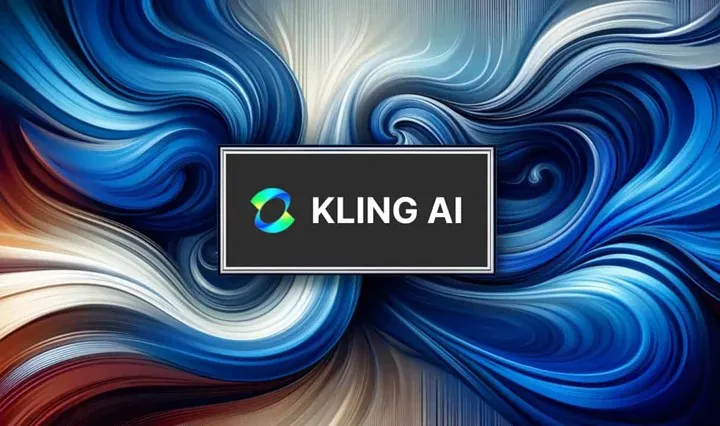Chinese tech companies continue to introduce artificial intelligence technologies that can compete with American systems.
In recent weeks, Chinese tech companies have introduced artificial intelligence technologies that can rival American systems, and these technologies are already publicly available to consumers and software developers.

At the World Artificial Intelligence Conference in Shanghai this month, Qu Dongqi, founder of the startup Kuaishou, presented a video created with their AI technology called Kling. Kling is similar to Sora, the video-generating AI from American startup OpenAI. However, unlike Sora, which was announced just over a month ago, Kling is already accessible to a wide audience.
Additionally, a startup called 01.AI recently released a large language model called Yi-Large Global SOTA LLM, designed for building chatbots. In performance evaluation tests, this model scored as high as its American counterparts, GPT-4 and Llama-3.
China is playing for leadership in artificial intelligence technologies
The AI boom began in the United States with the launch of ChatGPT at the end of 2022. However, Chinese companies are rapidly catching up with American companies by using open-source code to develop and improve their existing AI technologies. Chinese developers see open-source AI as an opportunity for the country to gain a leading position in this market.
Although U.S. export restrictions have made it difficult for Chinese companies to access Nvidia’s advanced AI accelerators, it’s possible that they will catch up with their American rivals in the software space. A group of U.S. congressmen has drafted a bill to control the export of artificial intelligence software created in the U.S. Others are trying to restrict the use of open-source technologies, but this could do more harm than good to the United States.
You may also like this content
- Meta Building World’s Fastest AI Supercomputer for Metaverse
- Artificial Intelligence Will Make Decisions Instead Of People
- Bill Gates: Artificial Intelligence Over Web3 and Metaverse

